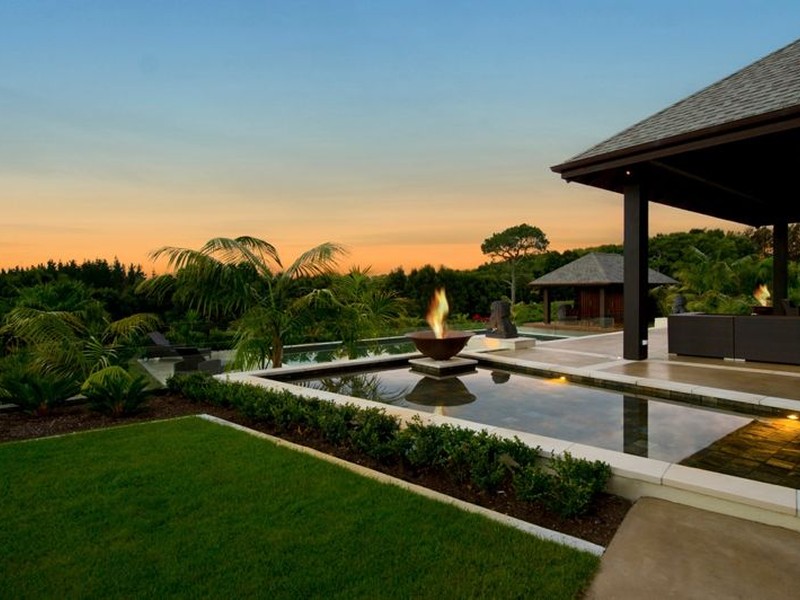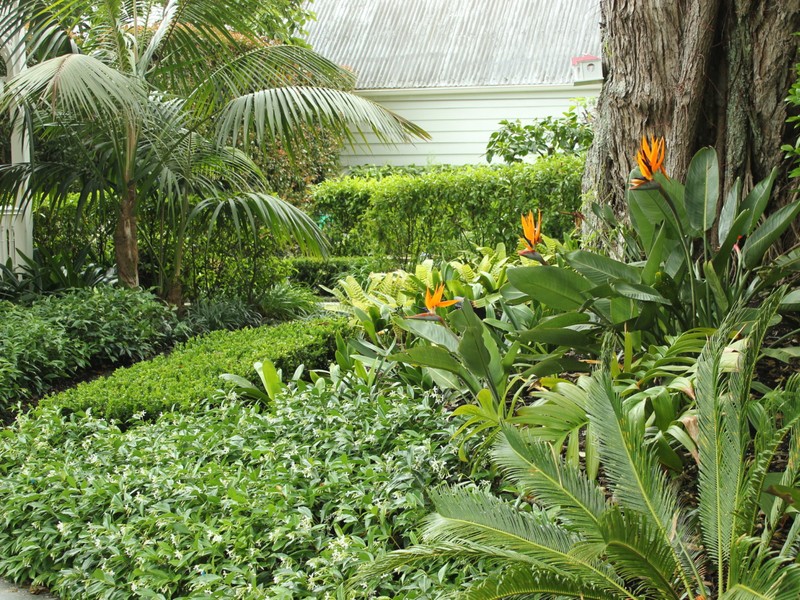Camellias – Versatile and Showy
Mon Dec. 13th 2021
GENERAL INFO
Camellias are a genus of evergreen shrubs and small trees originating from the tropical and subtropical regions of Asia, named for a 17th Century botanist and pharmacist called Josef Kamel. They are known for their showy flowers and have been in cultivation in Chinese gardens since the 9th Century. These beautiful flowers can be many colours ranging from white to pink and deep maroons and reds.
Their deep green leaves vary in size and shape but ,in most cases, the glossy handsome leaves make them attractive landscape plants year-round.
Depending on the variety they grow best in full to partial sun and will flower from late summer all the way to mid to late winter.
APPEARANCE/CHARACTERISTICS
The diversity of these beautiful plants and the differences in their form and size makes them unique. Depending on the species or hybrid, the form of their flowers differs immensely from an informal, single or double petalled flower to a more formal multi-layered peony or rose shapes and everything in between. Foliage can also vary from a leaf as small as your thumbnail to huge glossy leaves up to 100mm long
These plants are also very versatile when it comes to their growth habits. They can grow in many different forms from groundcover dwarf forms 500mm high, to neat and upright shrubs, to almost columnar shapes and small trees up to 5 m which means that you can find a camellia plant that can cater to almost any need.
Camellias make perfect hedges and great backdrops for shrub borders and formal gardens. They grow well in pots as standards or clipped specimens and are also grown as collector’s plants or for floral work.
TYPES OF CAMELLIAS
Camellia sasanqua are the tried-and-true camellias for the novice gardener. These come in many forms which are hardier to sunlight and harsher conditions and are favourites for hedging. They often have an early, but shorter flowering season. Some popular named varieties would be “Early Pearly”, “Setsugekka”, “Mine-No-Yuke”, “Nicky Crisp” and “Yuletide”.
Camellia “Hybrid forms”, are strong growers and are bred for their flowers and foliage. Favourites amongst these are “Scentuous”, “Cinnamon Cindy”, “Donation”.
Camellia japonica, as a species has thousands of named cultivars and flowers in all forms and colours. They tend to have larger foliage and a long blooming season. Favourites amongst this species are. “Elegans Champagne”, “Takanini”, “Coronation” and “Drama Girl”
Camellia reticulata are the largest flowering and showiest, with some blooms up to 23 cm. They are an open, airy plant being better as a large shrub, small tree or specimen. They are usually grafted onto a root stock and are considered more collectors’ plants and are harder to buy.
The original Camellia species, formed the breeding stock from which most other camelias are derived and are often used as hardy garden plants in their own right. Camellia species include the “Tea Camellia”, Camelia sinensis, the miniature flowered, willowy Camelia tranokoensis and Camelia “Tsai”.
HOW TO PLANT AND GROW CAMELLIAS
Depending on the variety, the amount of sunlight required may be different so be sure to check the label. Your camellia plant will require more pruning to keep them bushy if they are planted in heavy shade. Some gardeners recommend that you don’t expose your camellias to full morning sun because any dew/frost on the leaves may cause browning on the leaves when the sunlight hits.
Plant camelias in soil that is neutral to slightly acidic which is a pH of 5.0 to 6.5. Your soil should be fairly fertile, well-draining and 30+cm deep. It is essential that you keep the soil moist at all times and essentially during leaf growth periods and peak flowering periods. The best way to do this would be to make sure that your camellias are always well-mulched.
CARING FOR CAMELLIAS
Caring for these beautiful plants is very simple, just follow these simple steps.
- Feed your camellias with a controlled-release fertiliser once a year. (fertiliser must be balanced for acid-loving plants)
- Add manure and compost around the plant before mulching.
- Add adequate mulch often to keep moisture levels stable.
- Regularly water your plants especially during dry seasons and peak growth/flowering periods.
How/when to prune:
Just like caring for camellias, pruning is just as simple. Trim/prune younger plants on a regular basis to encourage bushiness. Trim your plant after flowering to encourage new growth and to develop density.
Trim hedges as required but be warned that pruning after spring or early summer might mean that you would remove the next season’s flower buds. Camellias are very resilient plants and can handle rigorous pruning if needed so don’t be afraid to trim older plants back.
Pests and diseases:
Camellias are very reliant plants which means that they also experience very few problems with pests and diseases. Aphids and mites can be a problem but a simple pyrethrum-based spray will get rid of them. A healthy, well-fed and watered plant will have few problems.




